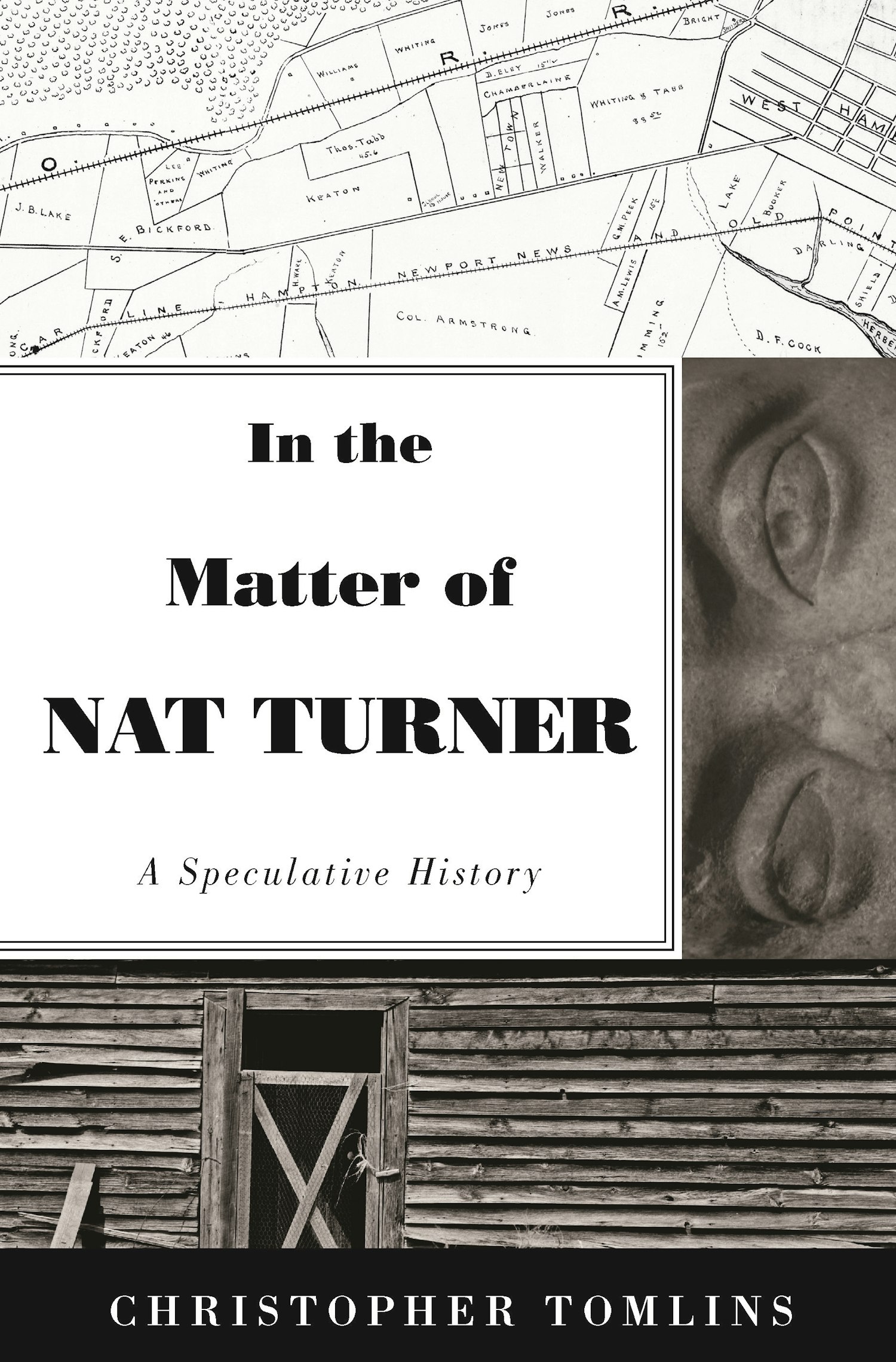What both modernism and historicism cannot countenance, and which Styron too recoiled from, is Turner’s religious “fanaticism”—the prophetic, apocalyptic rationale for his instigation of the rebellion. As a consequence, Turner’s visionary biblical language has by and large been interpreted as but a screen for his desire for liberation, an urge comfortably transposable into secular terms. In this accounting, the Spirit who appeared to Turner on May 12, 1828—telling him that Christ had lain down the yoke and it was time to fight the Serpent—was but a hypostasis of Black rebel consciousness, the Serpent slavery.
But Tomlins is adamant that to write an intellectual history of Turner demands taking the measure of his “fanaticism” and trying to recover what justice meant to him—as an exhorter, a prophet, and a theological thinker. This necessitates not only refusing to treat religious form as the mere ornament for social content, but also endeavoring to grasp the singularity—the excess—of the figure of Turner vis-à-vis a secular history. Tomlins here makes compelling use of philosopher Alain Badiou’s understanding that all events possess an “excess” never fully enclosed by their recounting. The truly new or revolutionary—such as a slave uprising—is, from the vantage of the world into which it irrupts, impossible, unthinkable, beyond accounting.
Yet Tomlins’s wager is that Turner is knowable, if not possessable, if we attend to the traces that he and his rebellion left behind. As with Ginzburg’s recovery of the cosmology of the miller Menocchio, Tomlins’s salvaging of Turner and his thought from the traducements and condescension of posterity is, at least in the first place, an eminently forensic affair. The book’s first chapter is a bravura textual anatomy of Gray’s pamphlet—from the statement of copyright to the certification of the document by six Southampton Court justices, from the trial report to the lists of the massacred and the tried. The painstaking review of the composition of the text is intended not just to detail how Gray could take possession of (and seek to profit from) the words and acts of Turner, but aims at weighing up the evidentiary power of the document.
